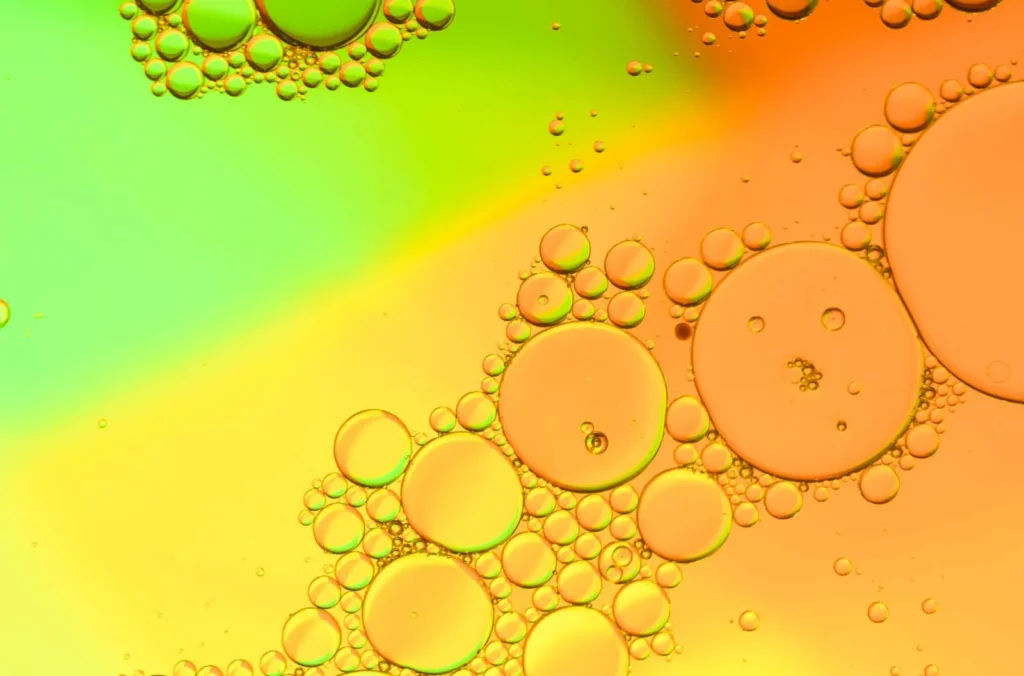Defoamers and Their Impact on Reducing Foam in Liquid Systems
Defoamers and Their Impact on Reducing Foam in Liquid Systems
Blog Article
The Role of Defoamers in Enhancing Item High Quality and Efficiency
In different manufacturing procedures, the existence of foam can substantially hinder item high quality and operational performance. Defoamers serve as important ingredients that reduce this issue, ensuring smoother manufacturing operations while improving the aesthetic and functional characteristics of the end products (defoamers). Their application spans a plethora of sectors, from food and beverage to drugs, where uniformity and dependability are paramount. Nonetheless, the option of the appropriate defoamer can be crucial to attaining optimum results, increasing important questions regarding formula compatibility and efficiency metrics that merit additional expedition.
Recognizing Defoamers
Understanding the role of defoamers is vital for keeping item top quality throughout various markets. Defoamers are chemical additives developed to avoid the development and lower of foam in fluid systems, which can adversely affect processes such as mixing, filling up, and surface stress. Frothing can bring about ineffectiveness, product flaws, and jeopardized visual allure, making defoamers an essential component in producing procedures.
In commercial applications, defoamers aid to boost product uniformity and security. The effective usage of defoamers not just makes certain smoother production procedures however also adds to premium item performance.
Additionally, the option and formulation of a defoamer have to straighten with specific application needs, such as compatibility with various other active ingredients, effectiveness under varying temperature and pH problems, and possible governing constraints. Inevitably, understanding defoamers' features and their value in numerous formulations is important for enhancing production and guaranteeing the finest final product.
Kinds of Defoamers
Defoamers can be categorized right into numerous types based on their make-up and device of action. The key types consist of silicone-based, non-silicone natural, and not natural defoamers.
Silicone-based defoamers are among the most reliable, largely because of their capability to spread out quickly on the liquid surface area and interrupt foam development. Their one-of-a-kind chemical structure permits for premium security, making them suitable for high-temperature applications and atmospheres with varying pH degrees.
Non-silicone natural defoamers, typically composed of all-natural oils or fats, are valued for their biodegradability and lower poisoning. These are typically utilized in food and beverage applications where security and environmental influence are vital.
Inorganic defoamers, which include materials like talc or calcium carbonate, act by raising the density of the fluid, thus decreasing foam security. They are often used in commercial procedures where compatibility with various other products is not a concern.
Each kind of defoamer has distinctive benefits and limitations, permitting customized services relying on the details foaming concerns run into in different applications. Comprehending these distinctions is essential for optimizing performance and attaining preferred item top quality.
Applications Throughout Industries
Countless industries leverage defoamers to boost product quality and functional efficiency. In the food and drink sector, defoamers are important in processes such as brewing and dairy products manufacturing to stop foam development, which can bring about ineffectiveness and item disparity. By managing foam, suppliers can make certain far better yield and an extra consistent item.
In the pharmaceutical industry, defoamers play a crucial function in the formulation of liquid medicines, where extreme foam can hamper mixing and exact application. Their use aids preserve the integrity of the formulations and helps with smoother manufacturing processes.
The paint and coverings industry top article additionally relies upon defoamers to boost the performance of items throughout application. By reducing foam, these additives guarantee a smoother finish and improve the visual qualities of the end product.

Benefits of Using Defoamers
While the application of defoamers differs throughout markets, their advantages constantly improve item top quality and procedure performance. One substantial benefit is the reduction of foam development throughout making processes, which can otherwise lead to production hold-ups and inconsistencies in item high quality. By reducing foam, defoamers enable a smoother circulation of materials, assisting in much more efficient procedures and reducing the probability of equipment malfunctions.
In addition, using defoamers can enhance the appearance and appearance of last products. In sectors such as coatings, paints, and food handling, extreme foam can compromise the aesthetic appearances and general quality, while the proper defoamer application guarantees a consistent surface and desirable attributes. Defoamers can add to set you back savings by decreasing waste throughout check these guys out production and maximizing the use of raw products.

Selecting the Right Defoamer
Picking the best defoamer is critical for maximizing manufacturing processes and guaranteeing product high quality. The selection of defoamer influences not only the performance of foam control but also the general efficiency characteristics of the end product. Aspects to take into consideration consist of the kind of application, the chemistry of the solution, and the environmental problems under which the product will certainly be utilized.
Various sectors might require details defoamer types, such as silicone-based, organic, or polymeric defoamers. Understanding the compatibility of the defoamer with the key components is necessary to avoid unfavorable reactions that might compromise item honesty. Furthermore, the defoamer's efficiency in numerous temperatures and pH levels should be evaluated to ensure consistent performance.
Testing the defoamer in small applications can provide important insights into its efficiency and viability. Factor to consider of regulative compliance, specifically in food, drugs, and cosmetics, is extremely important in selecting a defoamer. Ultimately, a comprehensive analysis of these aspects will certainly result in the selection of a defoamer that not just regulates foam successfully however additionally improves the quality and efficiency of the end product.
Verdict

In final thought, defoamers are important additives that substantially improve item high quality and efficiency throughout numerous sectors. The critical choice and application of defoamers lead to cost financial savings, maximized source usage, and raised consumer complete satisfaction.
Lathering can lead to inefficiencies, item flaws, and compromised visual allure, making defoamers an essential element in making procedures.

Report this page